Carbon monoxide poisoning is often called the “silent killer” because it gives no warning signs before striking. This deadly gas is colorless, odorless, and tasteless, making it impossible to detect without proper alarms. Unlike smoke or flames, carbon monoxide (CO) quietly builds up in enclosed spaces until it reaches dangerous levels, leaving people unaware until symptoms suddenly appear.
The threat is real for both homes and workplaces. At home, faulty heaters, stoves, and generators can release CO without notice. In workplaces such as garages, factories, restaurants, or refineries, workers may be exposed to CO during daily operations, especially in confined or poorly ventilated areas. Without prevention, both families and workers face the same invisible danger.
According to the World Health Organization (WHO), carbon monoxide poisoning causes over 100,000 deaths globally each year, while the U.S. Centers for Disease Control (CDC) estimates that more than 400 Americans die annually, with 20,000+ emergency room visits linked to CO exposure. These alarming numbers underscore the importance of awareness and safety measures in protecting lives both at home and at work.
In this article, we will explore what carbon monoxide poisoning is, its common causes, the symptoms to watch for, and practical safety tips for both homes and workplaces. We’ll also discuss emergency response measures and treatments that can save lives when every second counts.
What is Carbon Monoxide Poisoning?
Carbon monoxide poisoning happens when a person breathes in too much carbon monoxide (CO) gas. In simple words, it’s when this invisible gas quietly builds up in the air and gets into your body, replacing the oxygen you need to survive.
One of the most hazardous aspects of carbon monoxide is that it is completely invisible, odorless, and tasteless. Unlike smoke, you cannot see it. Unlike natural gas, it has no smell. And unlike fire, it gives no heat or warning. That’s why people call it the “silent killer” because you often don’t realize you’re in danger until it’s too late.
When inhaled, carbon monoxide attaches itself to the hemoglobin in red blood cells, forming a compound called carboxyhemoglobin. Normally, hemoglobin carries oxygen from your lungs to the rest of your body. But carbon monoxide binds over 200 times more strongly than oxygen, blocking oxygen from getting where it’s needed. Without oxygen, your brain, heart, and other organs quickly start to fail, leading to symptoms, unconsciousness, and even death if exposure continues.
Causes and Common Sources of Carbon Monoxide Poisoning Gas
Carbon monoxide (CO) gas is produced whenever a fuel, such as gasoline, wood, coal, propane, oil, or natural gas, is burned. Under normal circumstances, complete combustion releases carbon dioxide, which is far less dangerous.
However, when combustion is incomplete, typically due to poor ventilation, faulty equipment, or restricted airflow, carbon monoxide is produced instead. The real danger arises when this gas builds up indoors or in enclosed spaces, where it quickly reaches toxic levels without any visible or noticeable warning.
1. At Home
- Gas heaters and furnaces: Faulty or poorly maintained heaters can leak carbon monoxide into living spaces.
- Fireplaces and wood stoves: Blocked chimneys or poor ventilation can cause smoke and CO to remain indoors.
- Gas stoves and ovens: Long use in kitchens without exhaust fans may allow CO buildup.
- Portable generators: Running generators inside garages or near windows lets CO enter homes quickly.
- Clogged chimneys or vents: Prevent proper airflow, trapping harmful gases indoors.
2. At Work
- Garages and workshops: Running cars, forklifts, or other machinery indoors releases large amounts of CO.
- Factories and refineries: Combustion processes can produce CO as a byproduct if ventilation is poor.
- Restaurants and commercial kitchens: Gas stoves and grills in confined spaces pose a high risk of CO exposure.
- Confined spaces (such as tanks, silos, and tunnels): Gases collect quickly where airflow is limited.
- Welding and hot work: Cutting, soldering, and welding often generate CO from incomplete combustion.
3. Environmental and Emergency Situations
- Natural disasters: Portable generators used indoors after storms or floods often cause CO poisoning.
- Wildfires: Release large amounts of CO into nearby air, putting communities at risk.
- Emergency shelters or tents: Using heaters or stoves indoors without ventilation can create dangerous gas levels.
Carbon monoxide can come from any fuel-burning source, and the danger is highest when ventilation is poor.
Symptoms of Carbon Monoxide Poisoning
Carbon monoxide poisoning symptoms often develop gradually and can be easily mistaken for common illnesses such as the flu or food poisoning. This makes early recognition critical.
1. Early Symptoms
- Headache: One of the first warning signs; usually dull and persistent.
- Nausea and vomiting: Often confused with stomach flu or food-related sickness.
- Dizziness and lightheadedness: Caused by a lack of oxygen reaching the brain.
- Fatigue and weakness: The body tires quickly because cells aren’t getting enough oxygen.
- Shortness of breath: Even light activity may feel exhausting.
2. Severe Symptoms
- Confusion and difficulty concentrating: The brain is deprived of oxygen, leading to poor judgment and disorientation.
- Blurred vision and loss of coordination: Balance and vision may be affected.
- Chest pain and rapid heartbeat: Especially dangerous for people with heart disease.
- Fainting or loss of consciousness: Prolonged exposure can cause collapse without warning.
- Seizures, coma, and death: In the most severe cases, carbon monoxide poisoning can be fatal.
Why are symptoms often Mistaken for the Flu?
- Both carbon monoxide poisoning and influenza cause headaches, fatigue, nausea, and dizziness, leading people to dismiss the symptoms as a seasonal illness.
- Unlike the flu, carbon monoxide poisoning does not cause fever or body aches, which can be a clue for differentiation.
- The danger increases when multiple family members or coworkers develop similar “flu-like” symptoms simultaneously, especially in the same environment.
Important Note: If several people in the same home or workplace experience symptoms simultaneously, especially without a fever, it may be a sign of carbon monoxide poisoning, not the flu.
Safety Tips to Prevent Carbon Monoxide Poisoning at Home
Keeping your home safe from carbon monoxide poisoning requires awareness, proper equipment, and regular maintenance. Here are the most effective prevention steps:
- Install carbon monoxide detectors: Place alarms outside bedrooms, in hallways, and near fuel-burning appliances. Test them monthly and replace batteries at least once a year.
- Service heating systems annually: Have furnaces, boilers, chimneys, and fireplaces inspected and cleaned by a certified professional to ensure they are venting properly.
- Keep rooms well-ventilated: Always open windows or ensure proper airflow when using fuel-burning appliances.
- Avoid using generators indoors: Never run portable generators, grills, or fuel-powered tools inside the home, garage, or basement—even with doors or windows open.
- Do not use stoves for heating: Gas stoves and ovens should only be used for cooking, not as a substitute for home heating.
- Check chimneys and vents regularly: Ensure they are clear of debris, snow, or bird nests that can trap hazardous gases inside the house.
- Be cautious with vehicles: Do not leave cars idling in attached garages, even if the garage door is open, since CO can seep into the home.
- Educate family members: Teach everyone in the household about the signs of carbon monoxide poisoning and what to do if the alarm sounds.
Safety Tips to Prevent Carbon Monoxide Poisoning at Work
Workplaces often involve machinery, vehicles, or processes that release carbon monoxide. Employers and workers must work together to minimize risks. Here are the key safety measures:
- Follow OSHA and NIOSH standards: Employers must comply with permissible exposure limits (OSHA PEL: 50 ppm over 8 hours; NIOSH REL: 35 ppm for 8 hours, 200 ppm ceiling).
- Install carbon monoxide monitoring systems: Use fixed or portable CO detectors in areas with combustion equipment or confined spaces. Alarms should be loud and visible.
- Ensure proper ventilation: Maintain exhaust fans, vents, and air circulation systems to remove CO from work areas, especially in enclosed or underground spaces.
- Maintain equipment regularly: Service forklifts, generators, heaters, and other fuel-burning machinery to prevent CO leaks.
- Use electric or low-emission alternatives where possible: Replace gas-powered equipment with battery-operated or electric versions to reduce CO production.
- Confined space safety protocols: Test the air before entry, ventilate properly, and use continuous monitoring when working in tanks, silos, tunnels, or underground spaces.
- Provide personal protective equipment (PPE): In high-risk jobs, supply respirators with CO2 filters or supplied-air respirators when engineering controls are insufficient.
- Train workers and supervisors: Educate employees about CO hazards, early symptoms, safe work practices, and emergency response procedures.
- Establish emergency action plans: Workers should be aware of evacuation routes, first aid procedures, and know how to call for medical assistance immediately if CO exposure is suspected.
Emergency Response and Treatment
If carbon monoxide poisoning is suspected, immediate action is critical. Every second matters because the body is being starved of oxygen.
1. Immediate First Response
- Move the person to fresh air: Quickly remove the affected individual from the enclosed space into open air.
- Call emergency services right away: Dial local emergency numbers (e.g., 911) and report suspected CO poisoning.
- Do not re-enter the area: Only trained rescuers with protective equipment should enter spaces with suspected CO buildup.
- Check for breathing and consciousness: If the person is not breathing, start CPR until professional help arrives.
2. Medical Treatment
- High-flow oxygen therapy: Paramedics and hospitals provide 100% oxygen via a face mask to help the body replace CO with oxygen in the blood.
- Hyperbaric oxygen therapy (HBOT): In severe cases, patients are placed in a pressurized chamber where oxygen is delivered at high pressure to remove carbon monoxide from the blood rapidly.
- Continuous monitoring: Patients are monitored for heart and brain complications since CO poisoning can cause long-term neurological damage.
3. Workplace-Specific Actions
- Activate the emergency action plan: Evacuate all workers from the affected area immediately.
- Shut down equipment: Turn off fuel-burning machinery or appliances suspected of leaking CO.
- Ventilate the area: Open doors and windows, and use exhaust fans to clear the gas.
- Report the incident: Employers are legally required to report CO poisoning incidents and investigate the cause.
Conclusion
Carbon monoxide poisoning is a silent but preventable threat that claims thousands of lives every year. Because the gas cannot be seen, smelled, or tasted, prevention relies on awareness, preparation, and the implementation of the right safety measures. Whether at home or in the workplace, simple actions such as installing detectors, maintaining equipment, ensuring proper ventilation, and following safety guidelines can make the difference between life and death.
Families must take steps to safeguard their households, while employers carry the responsibility of protecting their workers by complying with OSHA and NIOSH standards. By staying alert, recognizing the early warning signs, and acting quickly in emergencies, we can significantly reduce the risk of carbon monoxide poisoning. Safety begins with awareness. Take action today to protect your loved ones, your employees, and yourself from this invisible killer.



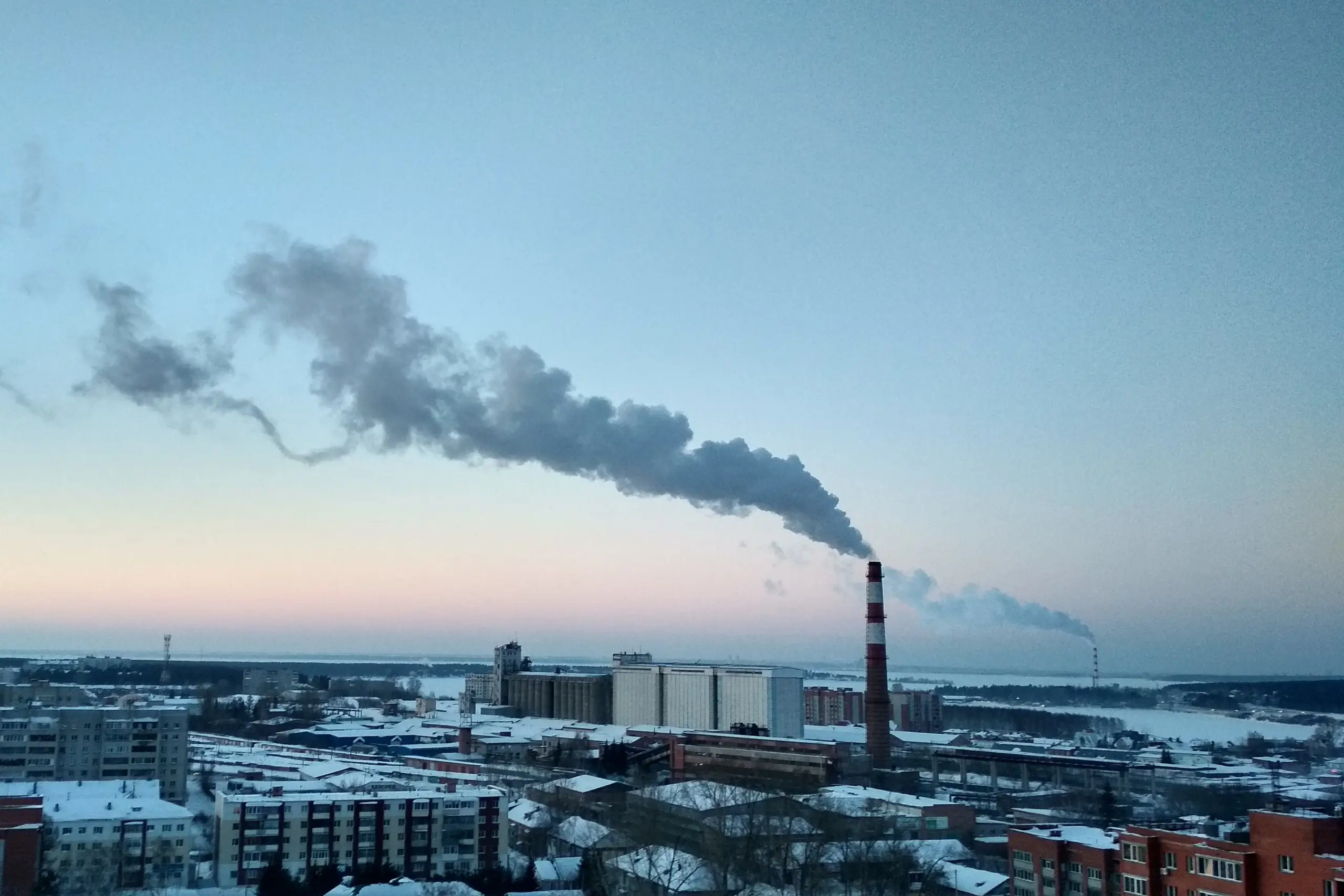




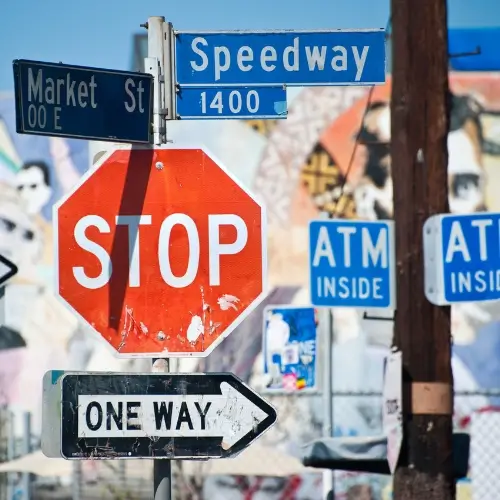
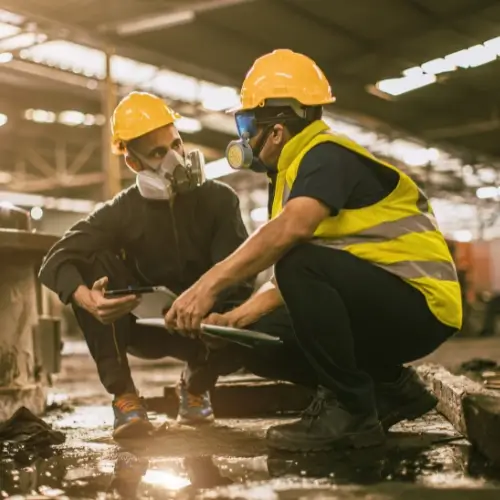
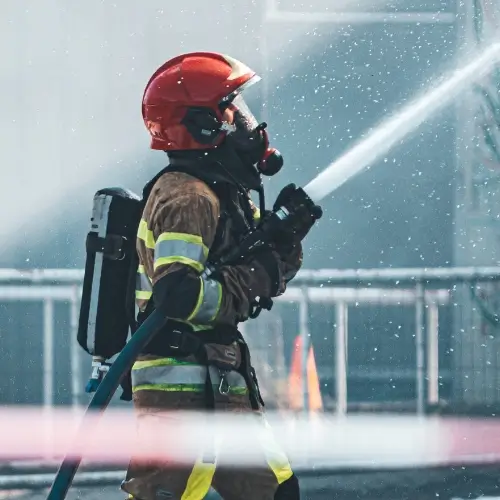
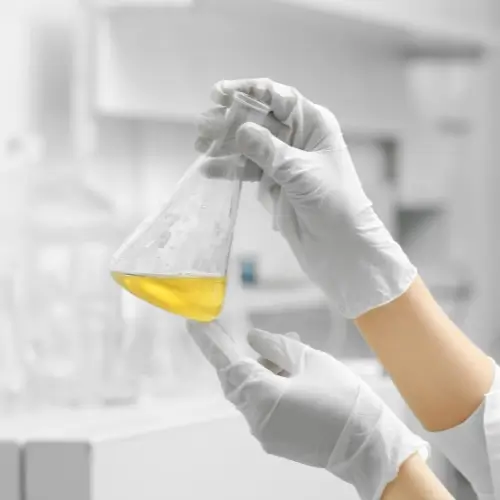




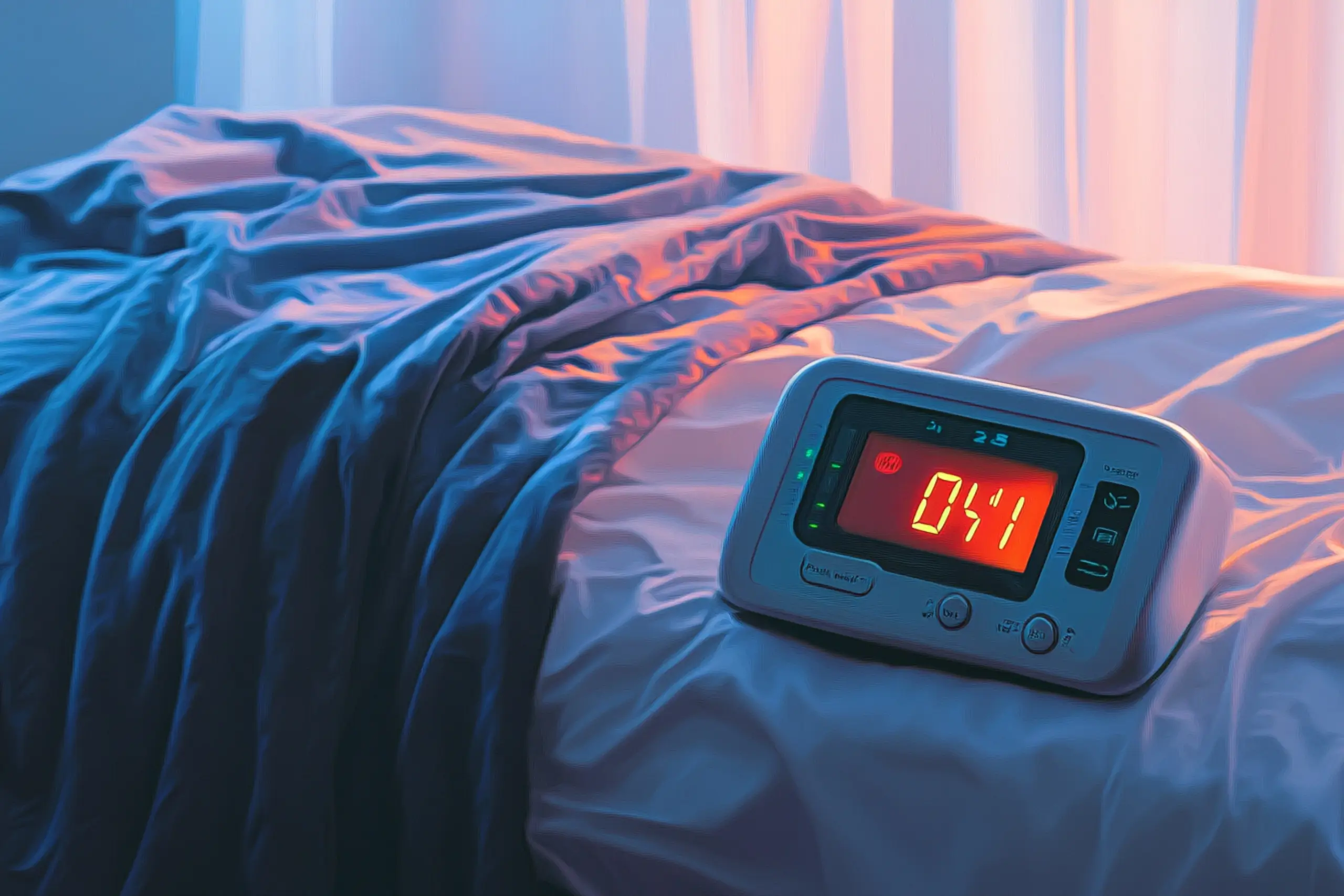

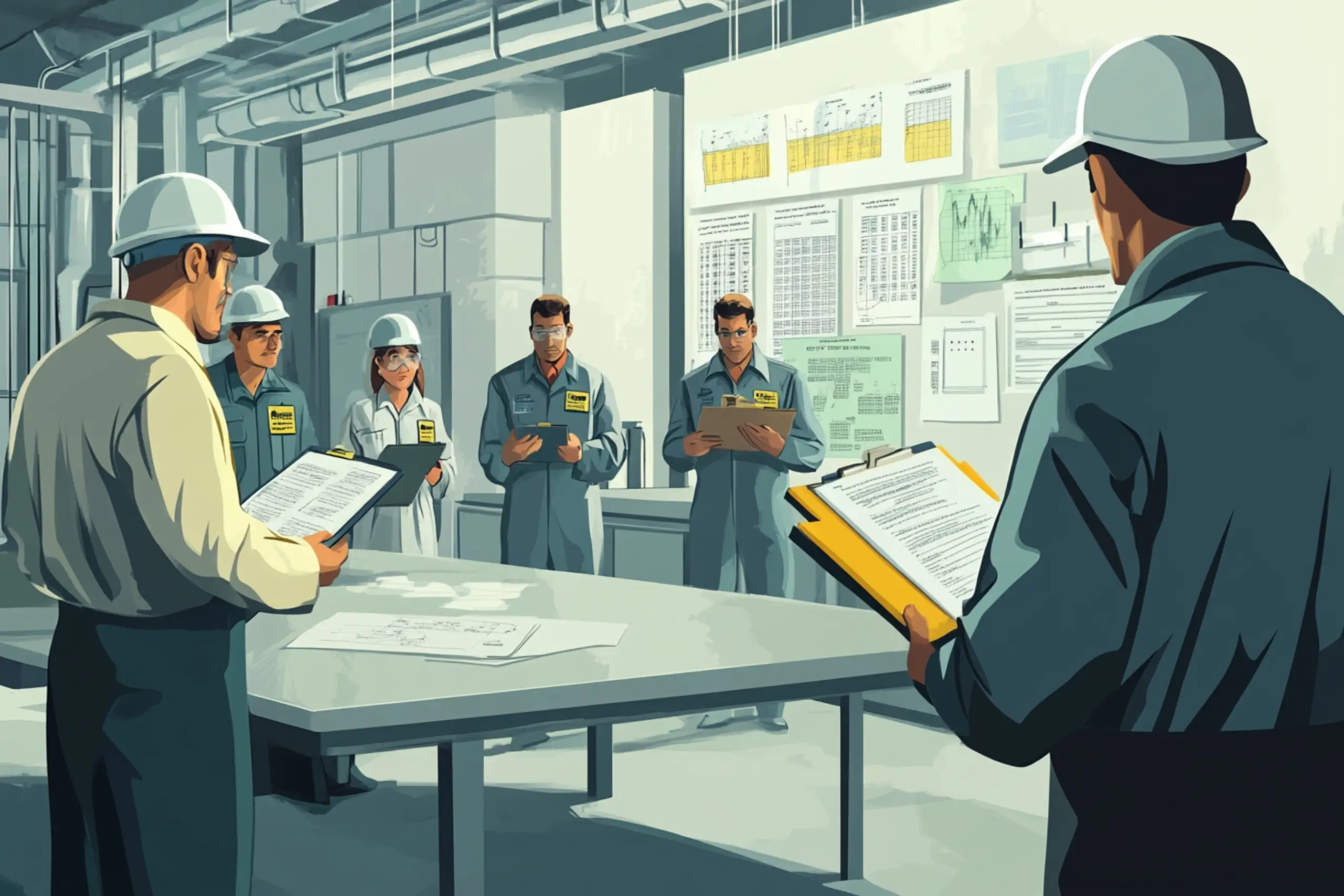


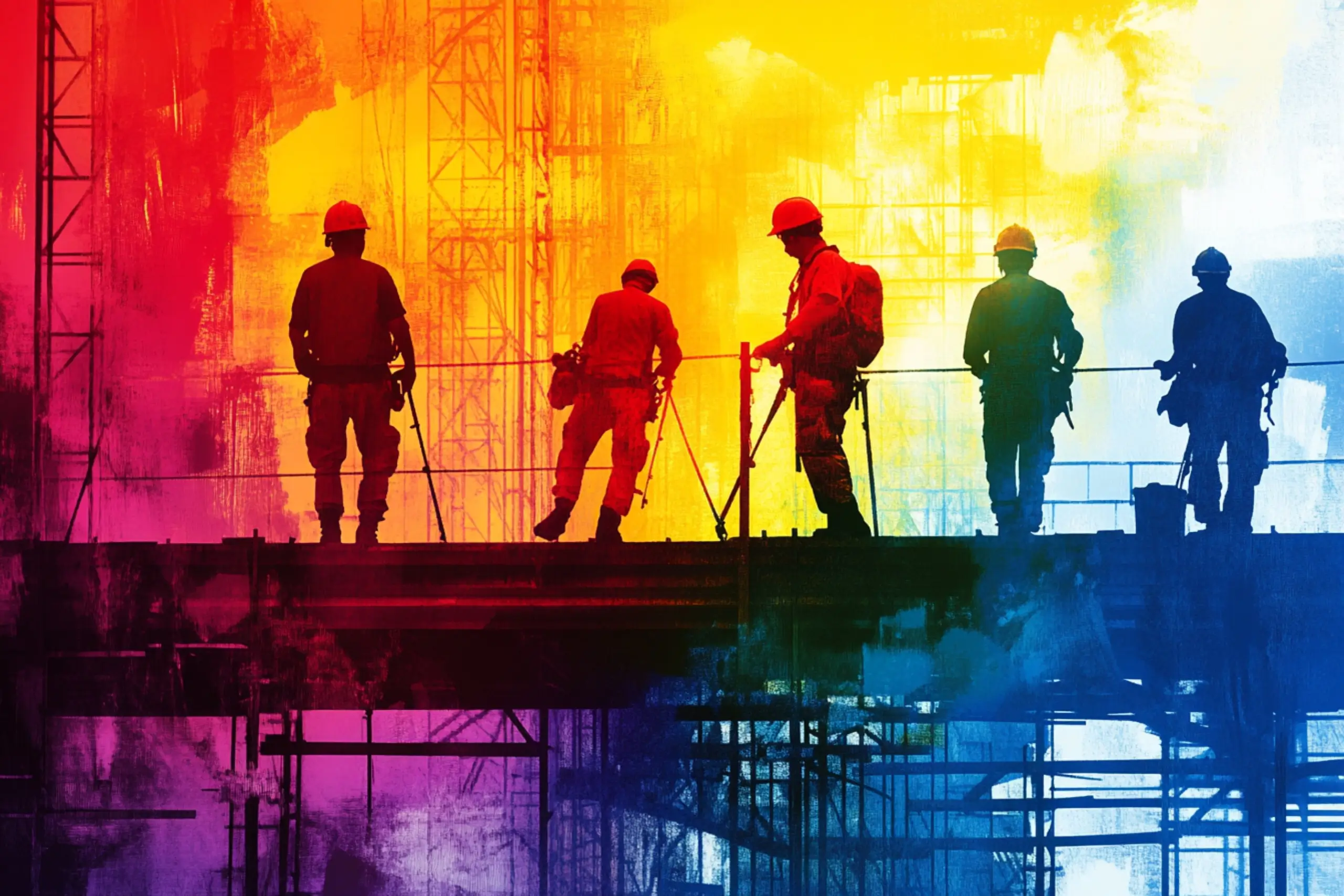

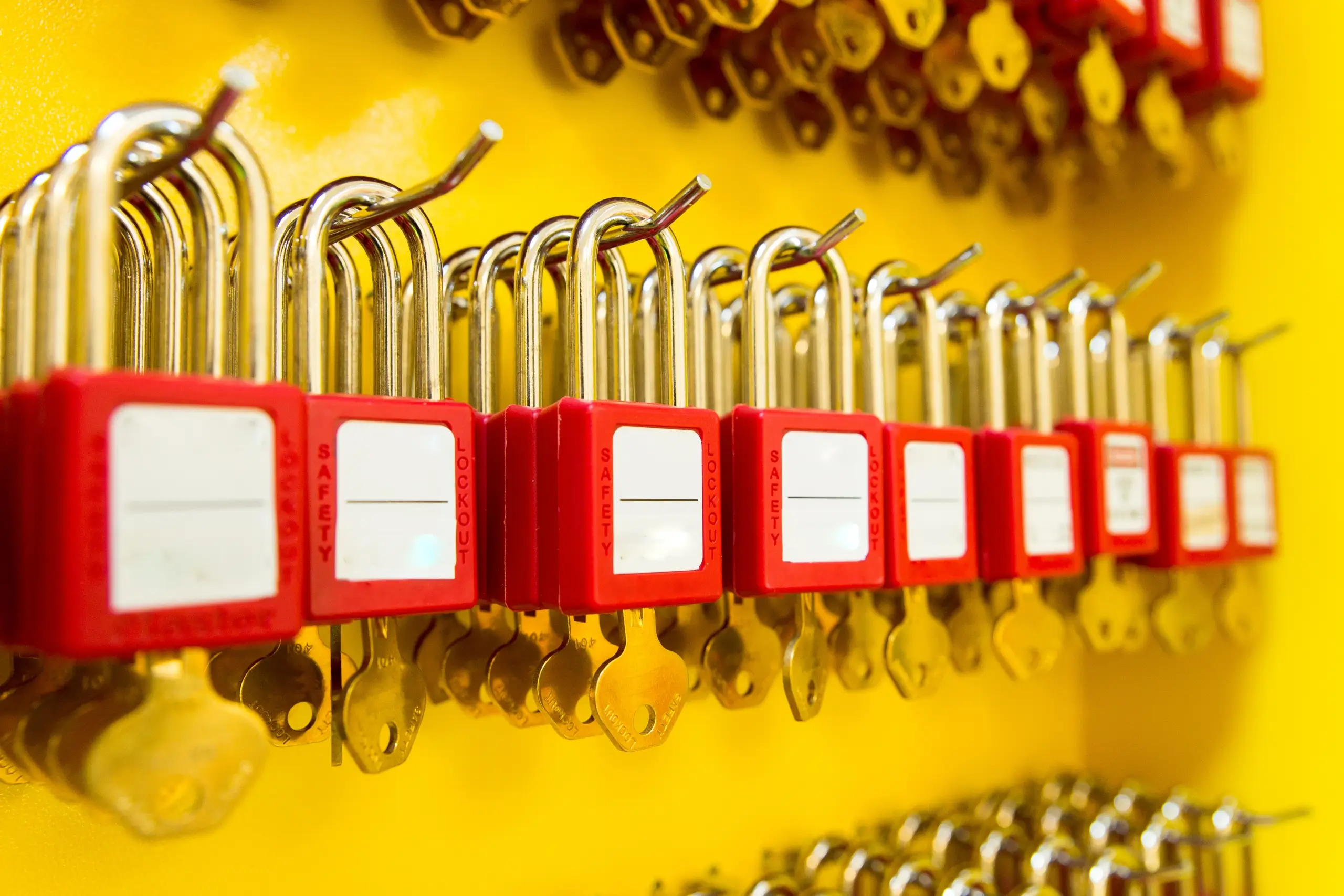
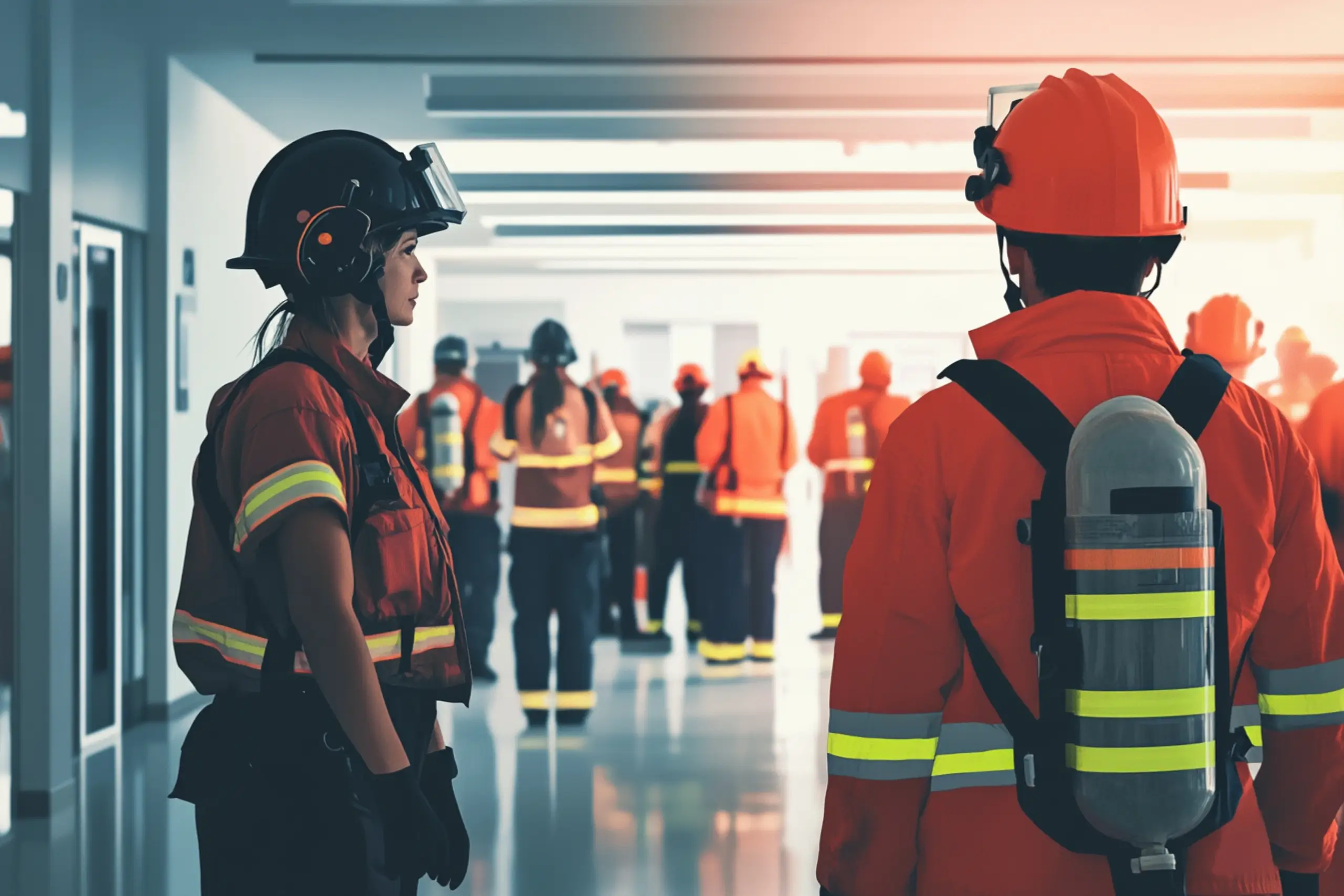

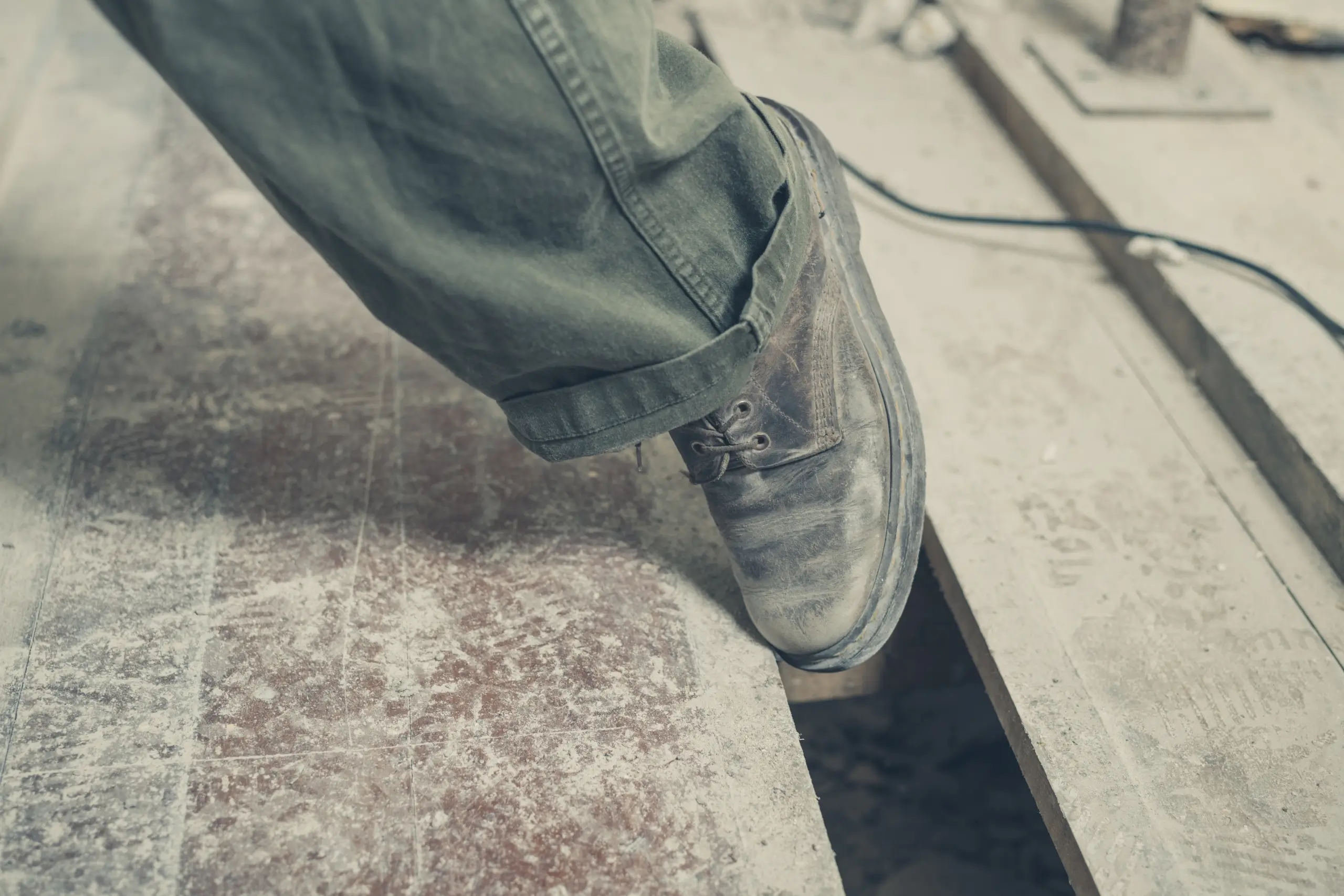

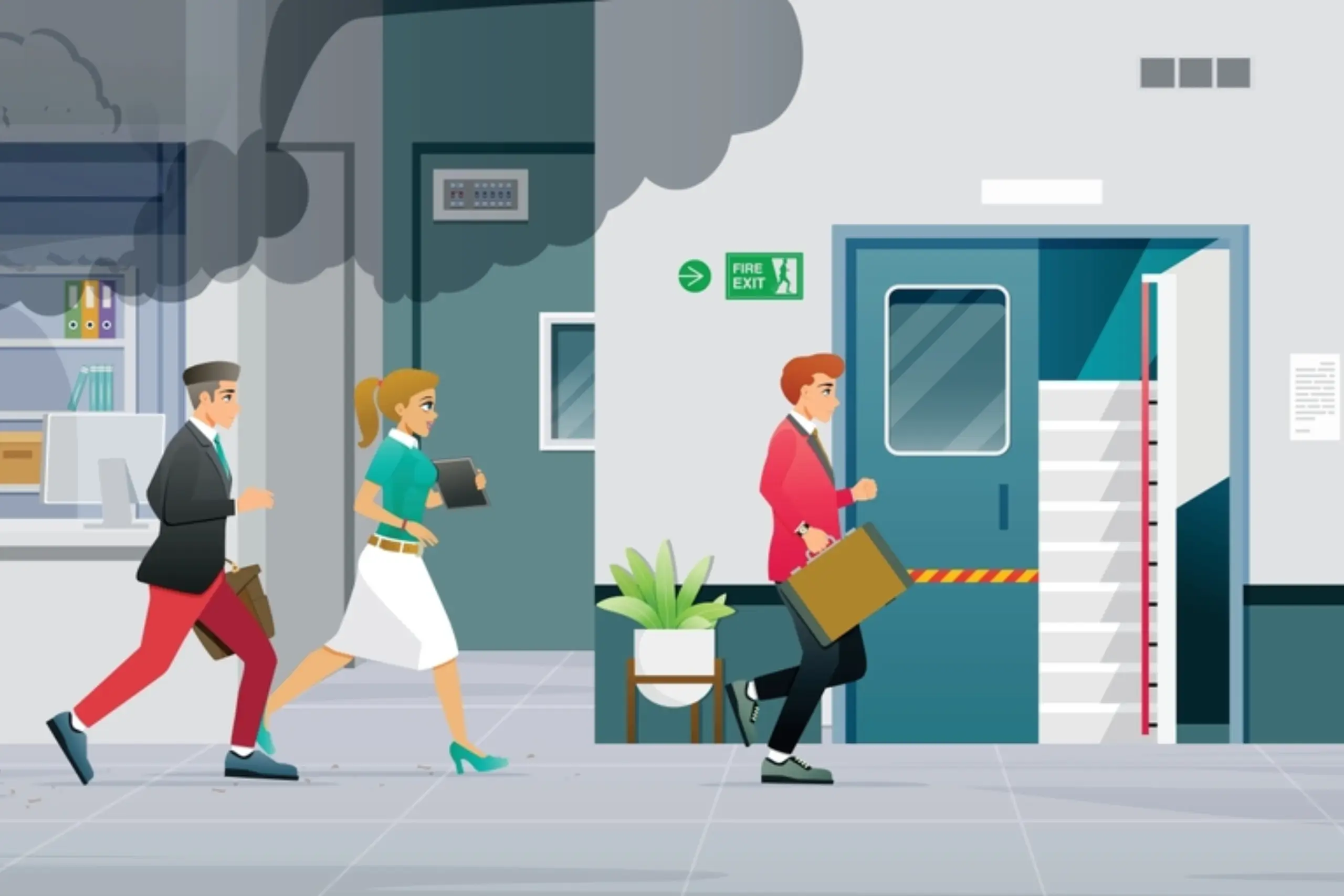

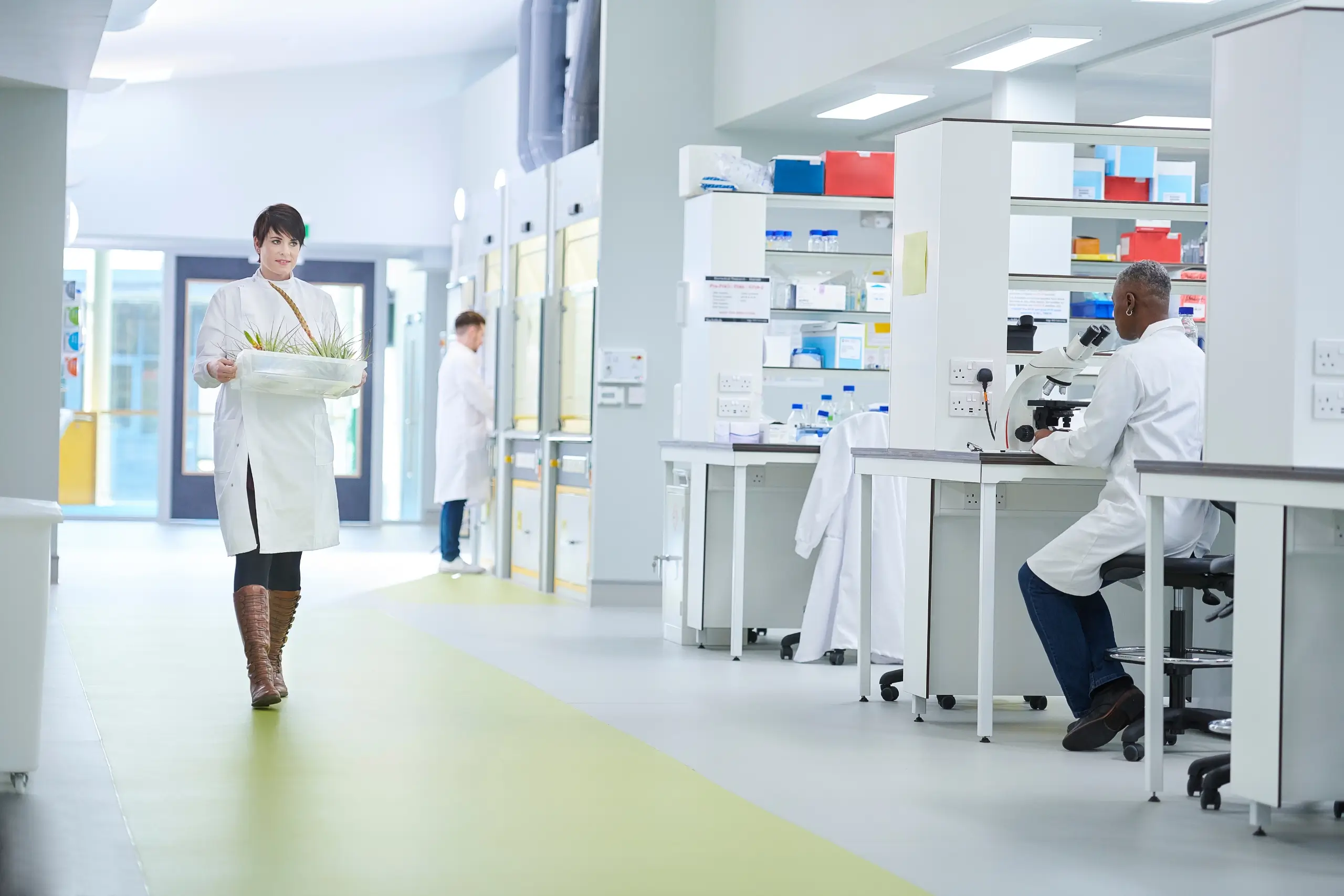

Discussion & Comments